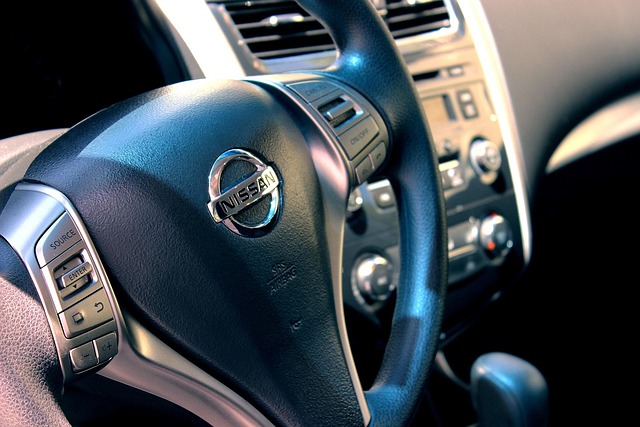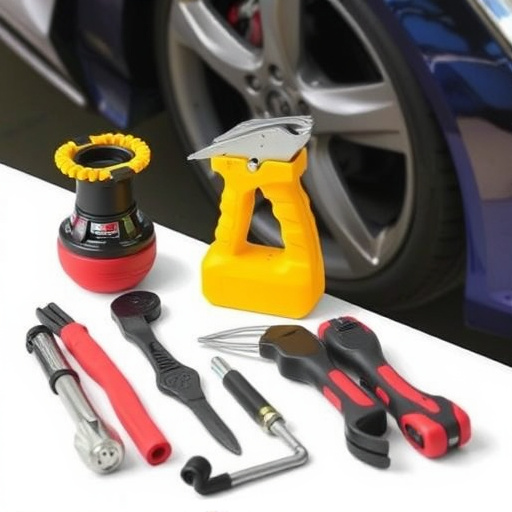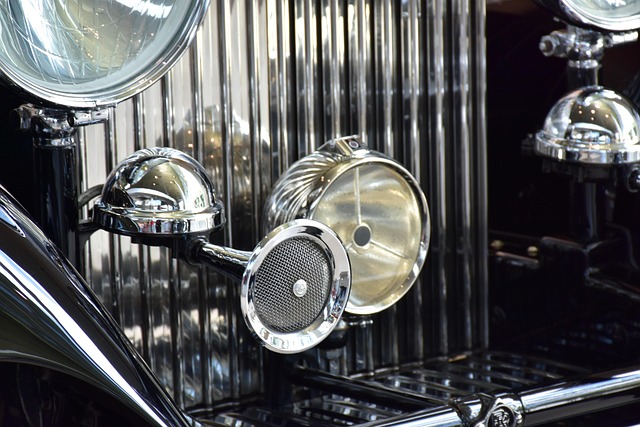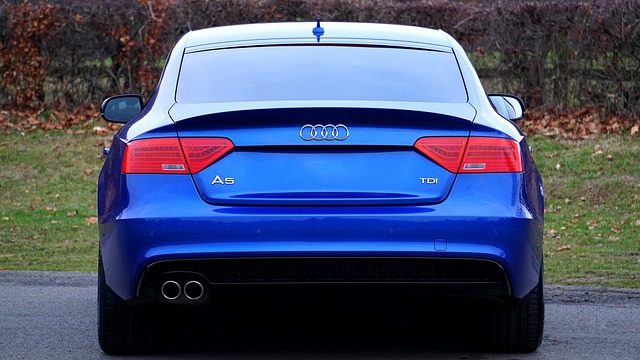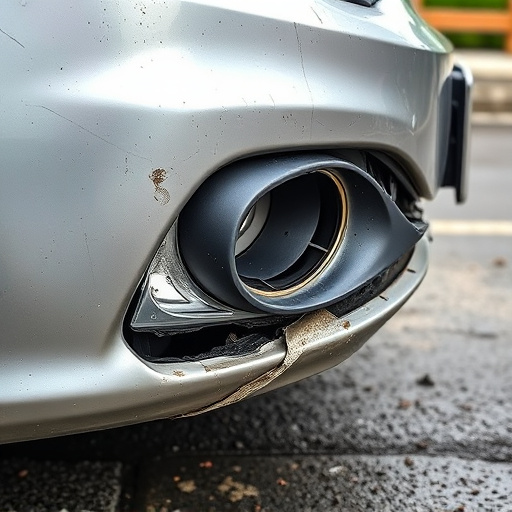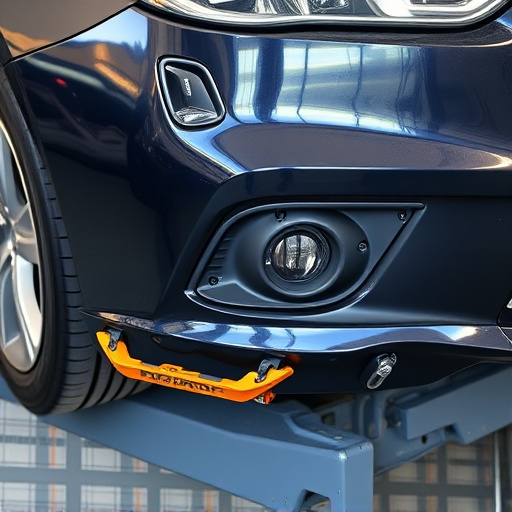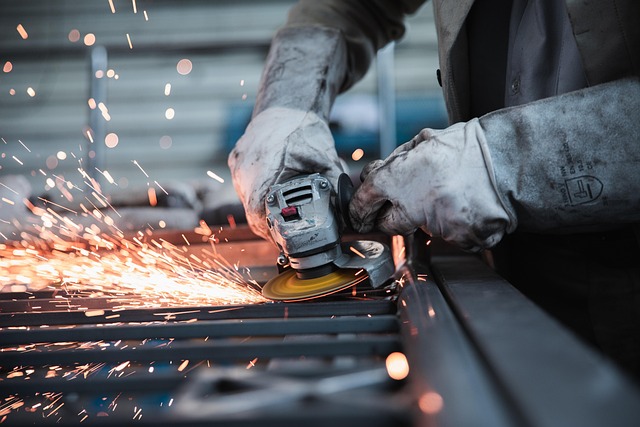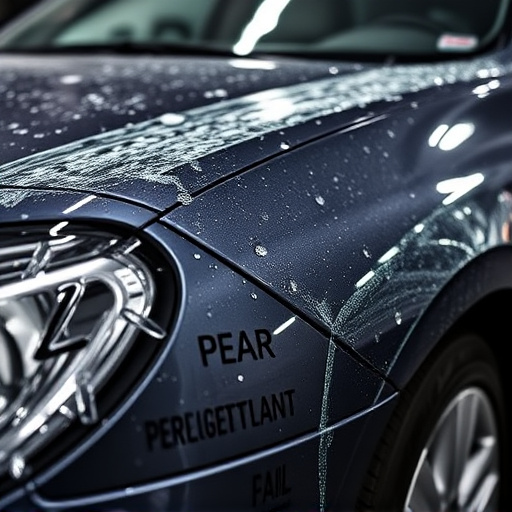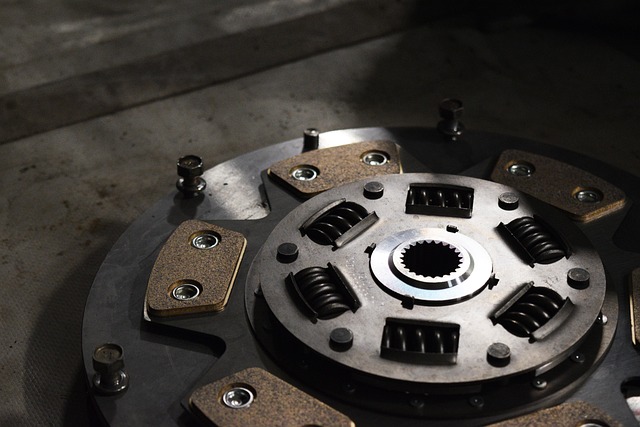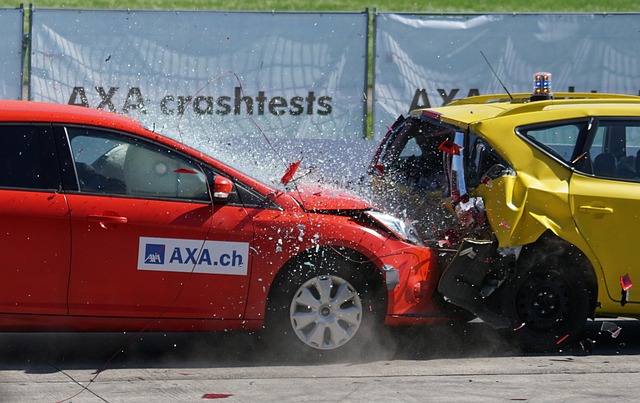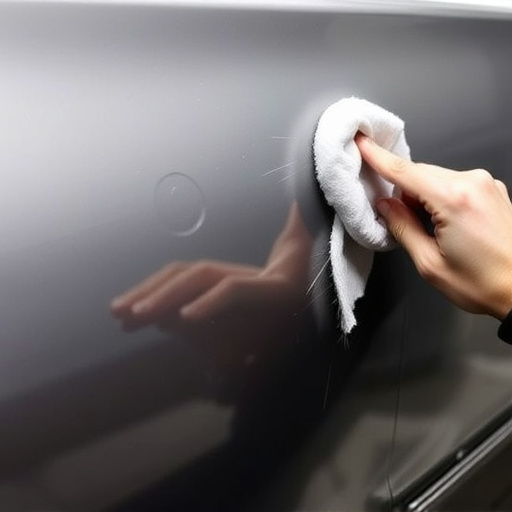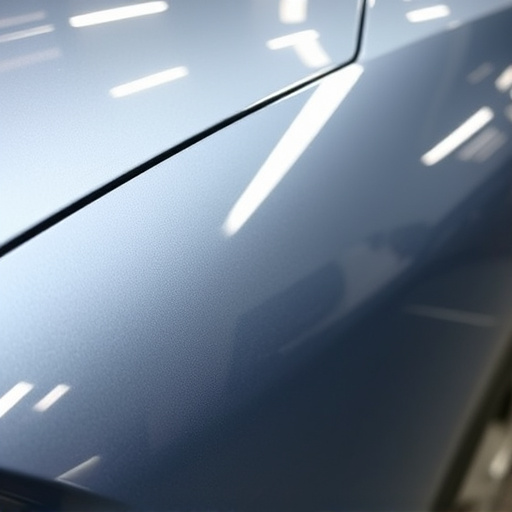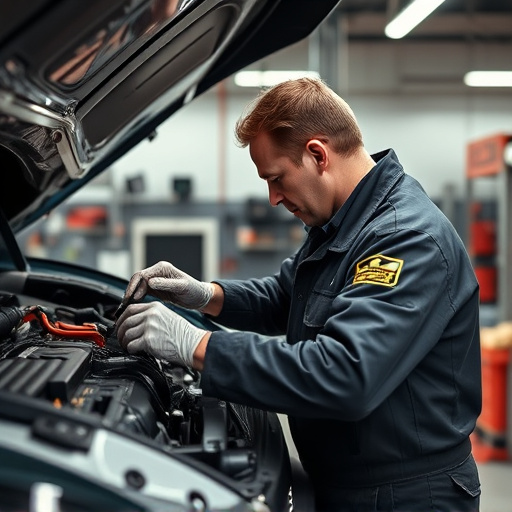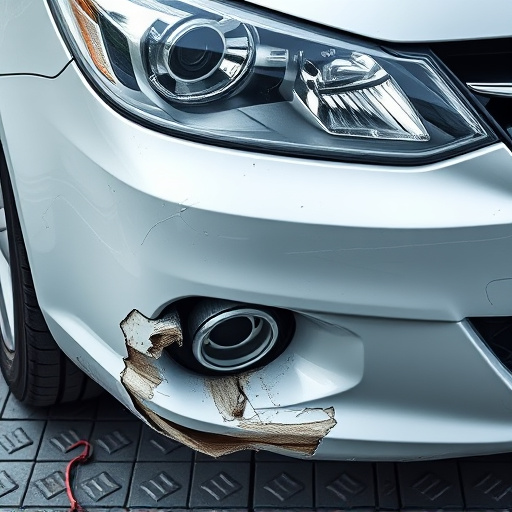Paint matching is a crucial step in auto body panel replacement, requiring technicians to analyze and replicate paint chemistry for precise results. This involves understanding pigments, binders, and solvents in various paint systems. Skilled technicians use specialized tools for perfect application, ensuring the restored vehicle's exterior looks new, with meticulous attention to detail. Quality checks after curing are vital for long-lasting, high-quality finishes, minimizing visual imperfections from previous repairs like fender benders or frame straightening.
After an auto body panel replacement, achieving a flawless finish requires understanding paint chemistry and the science behind matching colors. This article delves into the intricacies of paint matching, guiding you through essential steps. From deciphering paint codes to selecting the right tools for application, we explore techniques to ensure accuracy. Additionally, learn about curing processes and quality checks crucial for long-lasting results, transforming your auto body repair game with expert insights on successful panel replacement painting.
- Understanding Paint Chemistry for Accurate Matching
- Tools and Techniques for Effective Panel Replacement Paint Application
- Ensuring Longevity: Curing and Quality Checks After Painting
Understanding Paint Chemistry for Accurate Matching
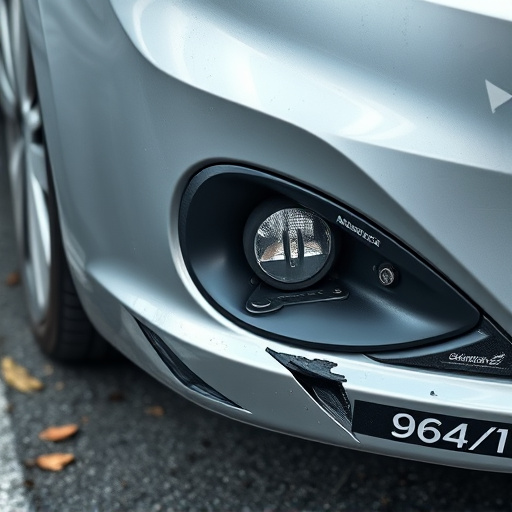
Paint matching is a precise science that plays a pivotal role in auto body panel replacement jobs, ensuring the restored vehicle looks as good as new. To achieve accurate matching, understanding paint chemistry is key. Paint is comprised of various components, including pigments, binders, and solvents, each contributing to its color, texture, and durability. Pigments provide the visible color, while binders hold the mixture together. Solvents facilitate the application and drying processes. Different paint systems use varying combinations of these elements, making precise matching a complex task.
Professional technicians employ advanced tools and techniques to analyze existing paint samples and match them precisely with new paints during frame straightening or collision damage repair. This involves considering not just the color but also the gloss level, sheen, and even subtle variations in texture. By delving into these chemical intricacies, experts can ensure that the repaired vehicle’s paint job is indistinguishable from its original state, enhancing its overall aesthetic appeal and value.
Tools and Techniques for Effective Panel Replacement Paint Application
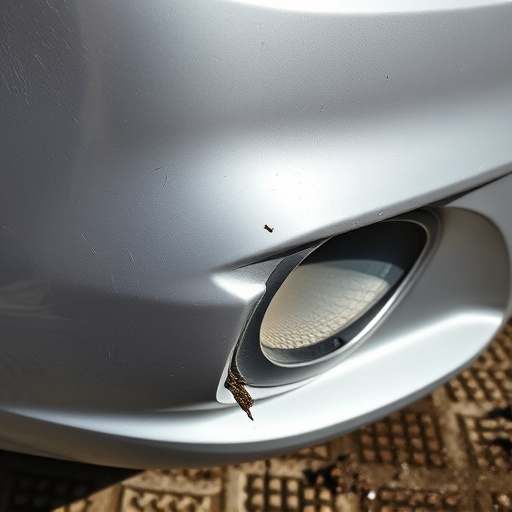
When undertaking auto body panel replacement, achieving a seamless paint job is crucial for both cosmetic appeal and long-term protection of the vehicle. Skilled technicians employ a combination of specialized tools and techniques to ensure effective application. These include using precision spray guns with adjustable settings to control paint flow and thickness, enabling them to match the original factory finish perfectly. Additionally, they may employ putty knives and sandpaper for spot repairs, followed by careful priming and painting to blend seamlessly with the existing body panels.
In an automotive body shop, the process demands meticulous attention to detail. After panel replacement, any gaps or seams must be filled and smoothed using fillers specifically designed for car collision repair. Once these areas are prepared, a thorough sanding ensures a smooth surface ready for priming. The use of high-quality paints and proper application techniques, like cross-hatching or spray painting in multiple thin layers, guarantees not only an even finish but also enhanced durability, ensuring the vehicle’s exterior looks as good as new—a true testament to the art of automotive body repair.
Ensuring Longevity: Curing and Quality Checks After Painting
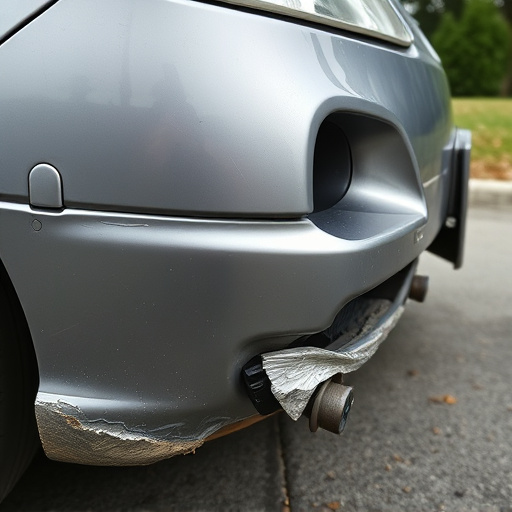
After a successful auto body panel replacement, ensuring the longevity and quality of the paint job is paramount. The curing process plays a crucial role in achieving a durable finish that matches the vehicle’s original specifications. During this phase, the paint undergoes a series of transformations, hardening and becoming more resistant to scratches, chips, and other environmental factors. This involves allowing sufficient time for the paint to properly dry and set, adhering to manufacturer guidelines and environmental conditions.
Quality checks are an integral part of this process. Skilled technicians inspect the painted surface for any imperfections, ensuring a seamless blend with surrounding panels. These checks include examining the color match, texture consistency, and overall smoothness of the finish. By addressing any issues at this stage, whether it’s a minor touch-up or reworking certain areas, auto body shops can deliver a top-notch repair outcome, effectively repairing fender benders or frame straightening incidents with minimal visual evidence remaining.
After mastering the art of auto body panel replacement, understanding paint chemistry, utilizing the right tools, and applying meticulous techniques, ensuring the longevity of the repair is paramount. Proper curing and thorough quality checks seal the deal, guaranteeing a flawless finish that seamlessly blends with the vehicle’s existing paint job. This comprehensive approach to paint matching ensures not just visibility but also the aesthetic integrity of your vehicle following an auto body panel replacement job.
